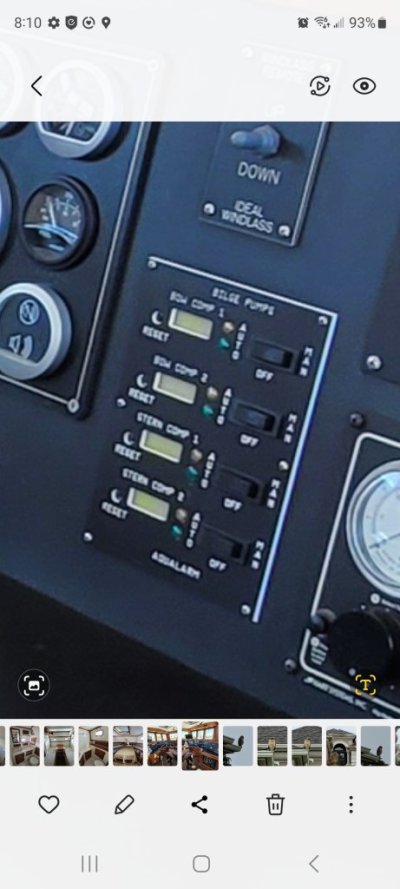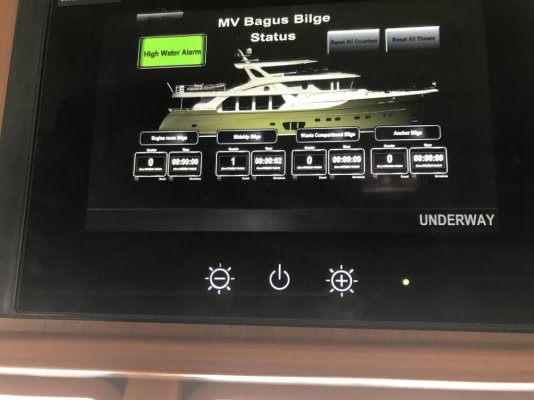wkearney99
Guru
- Joined
- Feb 17, 2018
- Messages
- 2,189
- Location
- USA
- Vessel Name
- Solstice
- Vessel Make
- Grand Banks 47 Eastbay FB
It's been on my to-do list forever... to have "something" in place to help me keep better tabs on how the plethora of bilge pumps are performing on our EB47. Engine room, mid-bilge, forward bilge, galley gray tanks, black water, etc.
There have been a bunch of different approaches to this in the past. Either simple counters, panels that monitor just one or two, but little that really paints a clear picture of what's going on with the pumps. How frequently were they running, and for how long? Short-cycling kills pumps, perhaps even more so than them running for extended times.
What's the latest-and-greatest on this these days? Anything new lately?
There have been a bunch of different approaches to this in the past. Either simple counters, panels that monitor just one or two, but little that really paints a clear picture of what's going on with the pumps. How frequently were they running, and for how long? Short-cycling kills pumps, perhaps even more so than them running for extended times.
What's the latest-and-greatest on this these days? Anything new lately?


